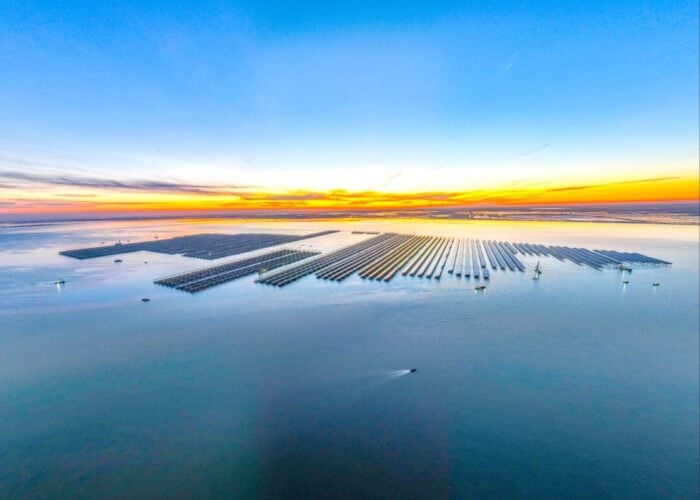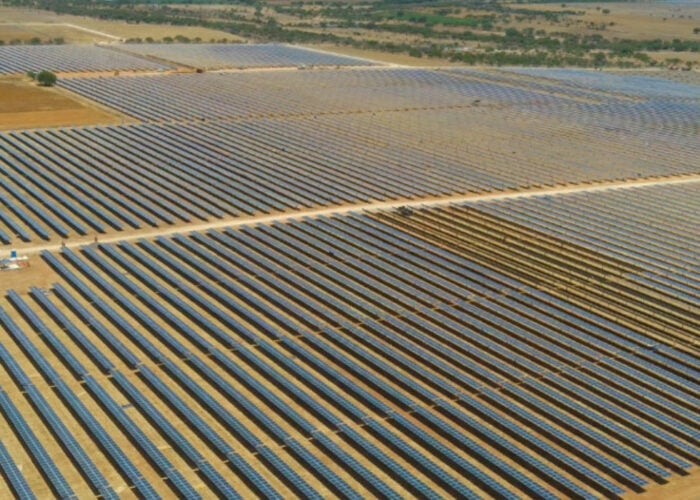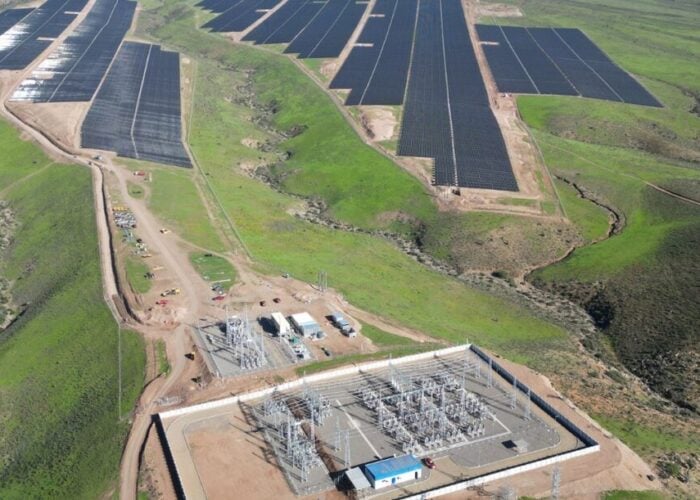PV Tech is co-hosting a webinar with Huawei on the surging demand for residential solar-storage systems, entitled ‘How installers can meet surging consumer demand for holistic home solar, storage and EV charging systems‘. To register, click here.
Huawei has launched an updated residential solution that contains the modular-designed Smart String ESS and a new EV charger for both on and offgrid scenarios. This new energy storage system offers a top-down five-level safety protection and a built-in energy optimiser in a modular design concept, aiming to meet requirements for safety and secure.
Try Premium for just $1
- Full premium access for the first month at only $1
- Converts to an annual rate after 30 days unless cancelled
- Cancel anytime during the trial period
Premium Benefits
- Expert industry analysis and interviews
- Digital access to PV Tech Power journal
- Exclusive event discounts
Or get the full Premium subscription right away
Or continue reading this article for free

Problem
With the rapid development of renewable energy technology in the world, the demand for energy storage solutions (ESS) has also attracted much attention. Huawei is committed to ensuring the security of energy storage systems, which is especially important in the residential scenarios.
The main challenges of conventional modular ESS is caused by battery cell inconsistency, which means users could face many problems when mixing new and old battery modules in an ESS for capacity expansion.
In an ESS with battery modules connected in parallel, different internal resistances of battery modules causes voltage differences, resulting in the generation of circulating current. The circulating current between battery modules will last for quite a time before self-balancing. During this time, not only does the circulating lead to energy loss during its existence, but there is also a risk of fire due to heat generation.
The differences between internal resistances also contribute to divergences of the ESS SOH. In a series-connected ESS, charging will halt when the module with the lowest EOH is fully charged, even if other modules are not fully charged yet. Furthermore, during usage, both external factors like collision, penetration, overheating and internal overcharge and over discharge could cause internal short circuit of the ESS. This current will directly lead to fire and explosion risks.
Solution
Compared with conventional modular ESS, Huawei’s smart ESS adds an energy optimiser inside each battery pack. The energy optimiser regulates the voltage of the parallel battery pack and stabilises the DC bus voltage, thereby avoiding generation of circulating current due to voltage differences. In addition, separately managing the charging and discharging of each battery pack can effectively avoid overcharge, overdischarge and overheat – internal factors that could lead to the internal short circuit.
To further ensure energy storage security, Huawei’s Smart String ESS provides five levels of protection from the top down. The first level is the use of LiFePO4 as a safer cell material. Lithium iron phosphate cells inherently generate low heat and have a high thermal runway temperature. LFP’s charging chemistry reaction does not generate oxygen, thus avoid the risk of explosion.
The second level is cell-level precise monitoring. Eight built-in sensors in the battery pack correspond to 16 cells, producing a higher monitoring resolution.
The third level is 0V port voltage shutdown. When replacing a battery module, the battery pack port voltage is shut down to 0V to ensure the safety of maintenance personnel.
The fourth level is built-in internal short circuit current detection algorithm AI Boost. This detection algorithm can identify sudden and complex derivative short circuits within 20 seconds and shut down within 1 millisecond to avoid adverse consequences such as overheating.
The last layer of protection is the smart fire pack built into the battery, which will prevent fires in the first place.
Applications
Residential scenarios, including both on and off grid.
Platform
The LUNA2000-5/10/15-S0 contains two functional modules; a power module and expanded battery module. The power module support up to the battery modules, and the battery usable energy ranges from 5kWh to 15kWh. The maximum output power is 2.5kW for one battery and 5kW for two and three batteries. The operating voltage range for a single phase system is 350-560V and 600V-980V for a three phase system. The power module dimension (W*D*H) is 670*150*240mm, and the battery module dimension is 670*150*360mm. The operating temperature range is -20℃~+55℃. The maximum operating altitude is 4000m. The entire system adopts natural heat dissipation mode. LUNA2000-5/10/15-S0 is compatible with HUAWEI SUN2000-2/3/3.68/4/4.6/5/6KTL-L1, SUN2000-3/4/5/6/8/10KTL-M0 5 and SUN2000-3/4/5/6/8/10KTL-M1 inverters.
Availability
Currently available






